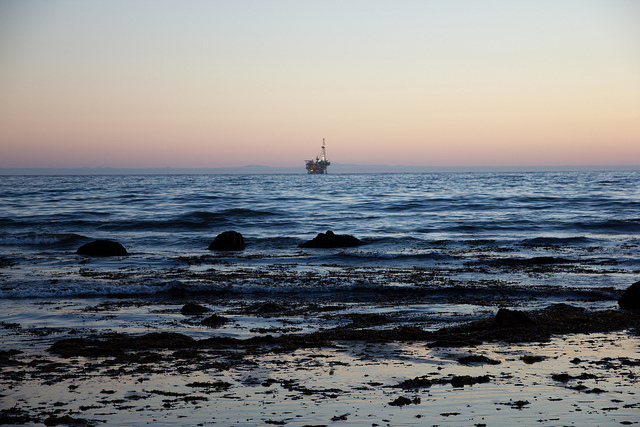The Harper government has weakened the rules for offshore drilling.
Now, rather than every exploratory offshore well needing an environmental assessment, projects will only be required to undergo an assessment for the first exploratory well ‘in an area set out in one or more exploration licences.’
What does this mean? If Corridor Resources Inc.’s current proposal to drill an exploratory well in the Gulf of St. Lawrence is approved, then future wells in the area covered would not need an environmental assessment, they would only need to meet technical requirements for individual wells.
The Globe and Mail reports, “William Amos, director of the EcoJustice Environmental Law Clinic at the University of Ottawa (says) the federal-provincial boards or the National Energy Board will determine what is meant by ‘an area set out in one or more exploration licences’, and therefore, when a review is needed… Officials at the Canadian Environmental Assessment Agency said the new regulations would cover a ‘drilling program’ — a series of wells in a given area — by a company or consortium that could include several licences.”
How big could these ‘areas’ be? The Old Harry ‘prospect’ is a 30-kilometre stretch of the Laurentian Channel off the southwest coast of Newfoundland. BP has three licenses for exploration rights in a 6,000 square kilometre area about 180 kilometres off the coast of the Northwest Territories in the Beaufort Sea. Chevron has an exploration license for 205,000 hectares of seabed off the north coast of the Yukon.
Implications for the Great Lakes should also be considered. The Ontario Ministry of Natural Resources estimates that there are about 156 million barrels of oil and 1 trillion cubic feet of gas on the Canadian side of Lake Erie. The US Geological Survey has estimated that there are 430 million barrels of recoverable petroleum liquids and 5.2 trillion cubic feet of recoverable natural gas on the U.S. side of the Great Lakes. Canada allows on-shore drilling for oil under the Great Lakes as well as offshore gas drilling. There are about 470 natural gas wells in operation on the Ontario side of Lake Erie. Most are 15 to 60 kilometres offshore, east of Point Pelee to south of Port Colborne. There are also about 23 oil wells drilled on-shore but extending under Lake Erie.
Photo: Way Out West News/flickr



